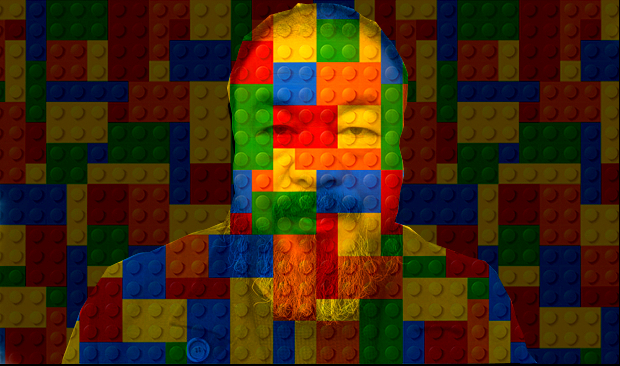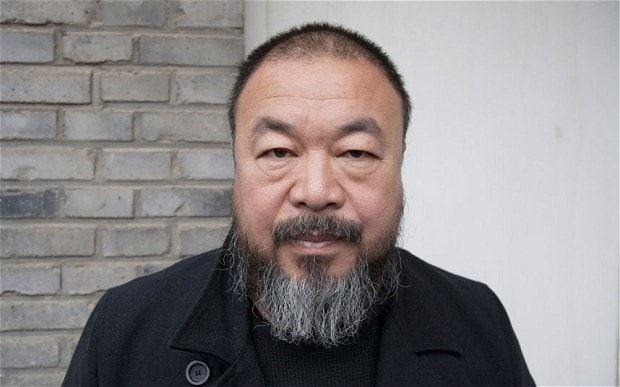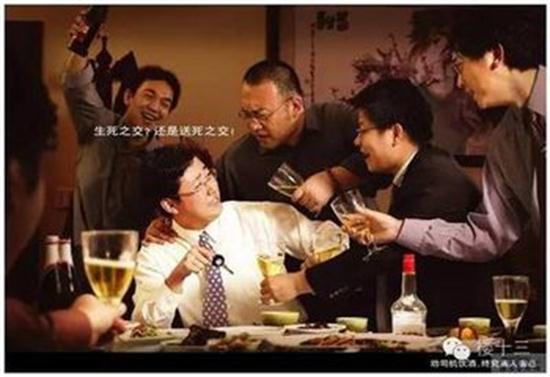
The frustration and disappointment with the Chinese government can be seen in many of Ai Weiwei’s conceptual forms of art. The government at this time is full of corrupt leaders and desperate people in need of political reform, including democratic rights to freedom. In response to the corruption, Weiwei combated the complacent and silence attitudes of the Chinese citizens through posts on Twitter and other forms of social blog.
In 2008, the government suffered from political protest after a 7.9 earthquake struck the Sichuan Province in Western China, killing more than 70,000 people due to poorly constructed buildings. Most of these shoddily built structures were schools that quickly collapsed and crushed approximately 10,000 students. The Chinese government refused to release the number and the names of the students who died in the collapse. In response to the injustice, Weiwei and his team found the names and the birthdays of the victims and shared this information on his blog for the world to see. His battleground was transparency and his choice of weapon was public outcry in the form of social media. However, due to “The Great Firewall of China,” in which government authorities block website content and monitor individual access to the internet, local authorities shut down Weiwei’s blog and installed surveillance cameras. Not only did the government react with virtual preventive measures, they also reacted with a more intense form of punishment. The activism in the digital sphere greatly affected the people’s tolerance with the government. Weiwei and his controversial expositions became a brand for liberal thinking and individualism among a society that encouraged servitude and monotony.
Recently, Weiwei launched a new campaign to crowdsource Legos for a new art project relating to freedom of speech. Since Lego refused to sell him a bulk order of bricks for his artwork, Weiwei took to his followers via social media for help. As a result, a spokesperson for Lego came on the defensive by arguing that the company refrains from “actively engaging in or endorsing the use of Lego bricks in projects or contexts of a political agenda.” However, the industrial toy company sparked controversy after hindering the Chinese dissident artist’s call for solidarity. Regardless of the stubbornness of the Lego industry, people flocked from across the nations to not only support Weiwei’s new creative project but also the fight for freedom of speech. According to the New York Times, the upcoming work will be included in the forthcoming exhibition at Melbourne’s National Gallery of Victoria (NGV), and is designed to represent mosaic portraits of Australian activists. In support of Weiwei’s project, the Brooklyn Museum hosted the first public collection of Legos in the United States. Staff members were the first to fill a white BMW with colorful bricks, followed by several other community members who donated their personal childhood toys. Various museums from across the nation, such as London Royal’s Academy and Copenhagen’s Kunsthal Charlottenborg, also joined the movement to support Weiwei in his stand for artistic expression.
The symbolic significance of choosing a white BMW as essentially an “oversized Lego box” is still unclear to the public. However, the concept of dumping invaluable toy pieces in a luxury car is somewhat ironic. Maybe this is the first step in Weiwei’s anticipated art project or maybe it’s just a convenient way to carry really small Lego bricks. Either way, people from across the nation have once again united in honor of a noble cause. Through the power of social media, Weiwei is able to publicize his artistic efforts while maintaining the support from his loyal followers. Despite being a previous Chinese political prisoner, Weiwei continues to fight for activists who have been silenced by oppressive forces. As a result, his works of art represent more than a visually pleasing aesthetic, they represent the countless voices who have been temporarily silenced.







